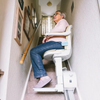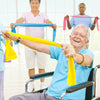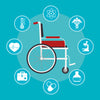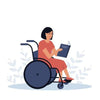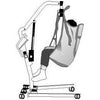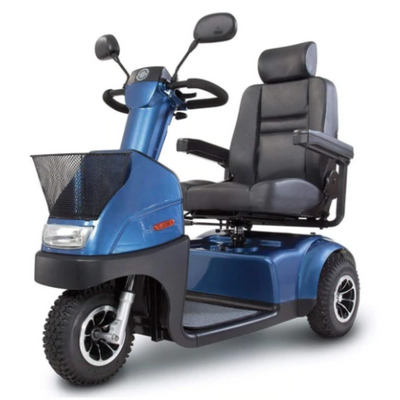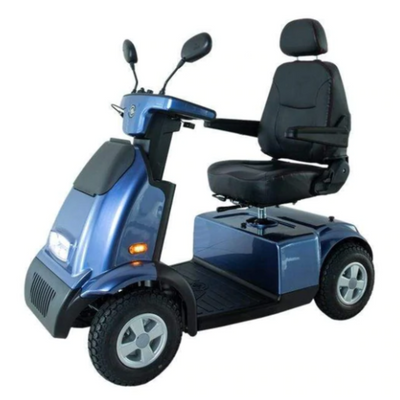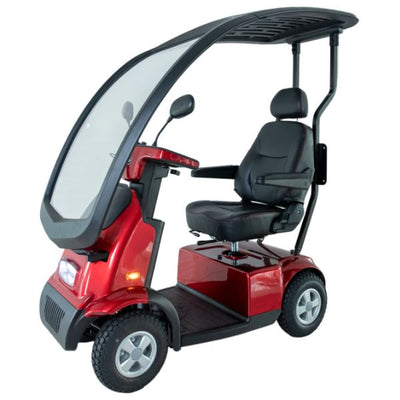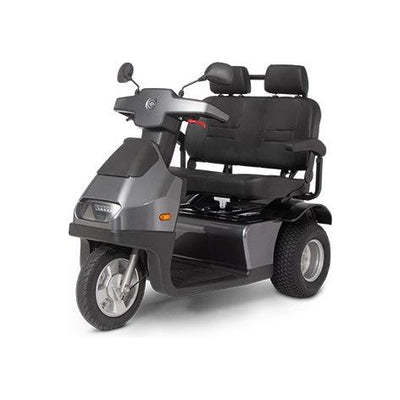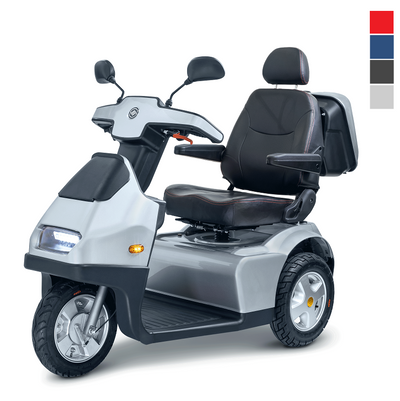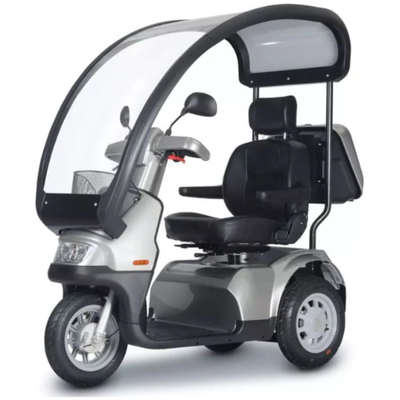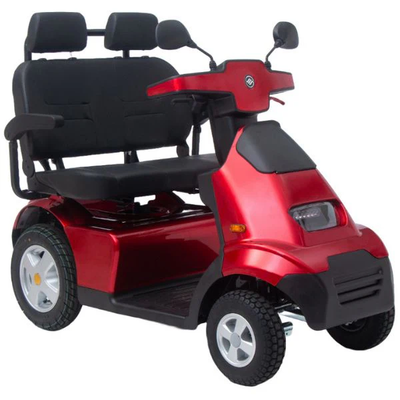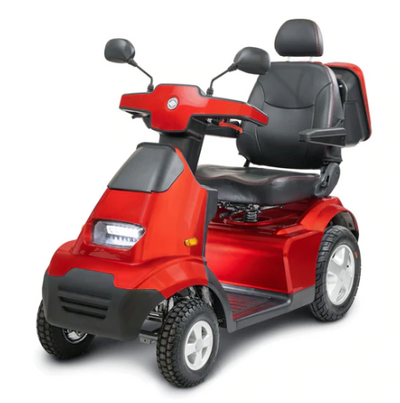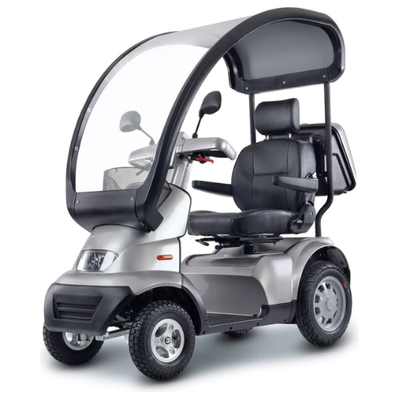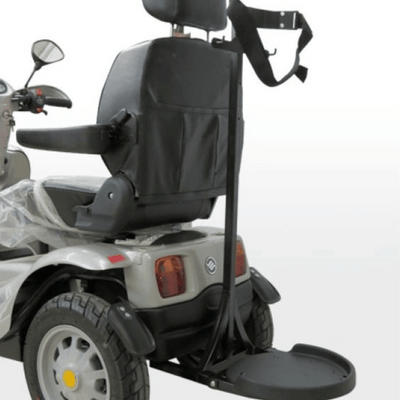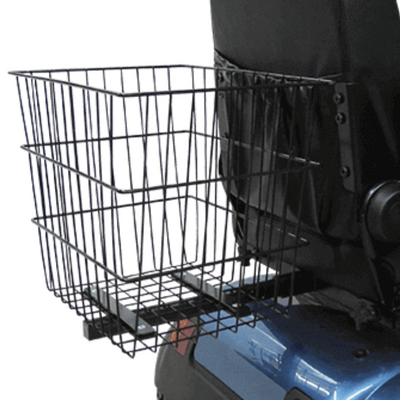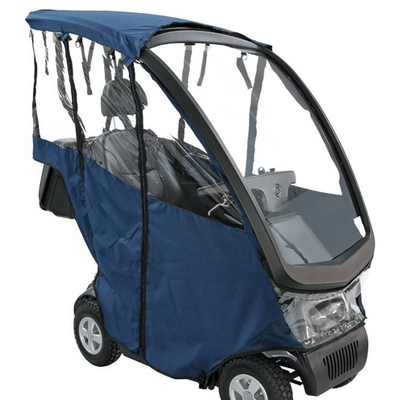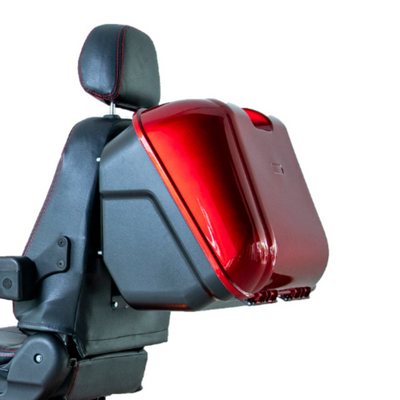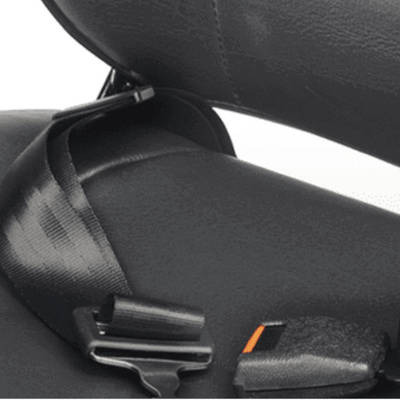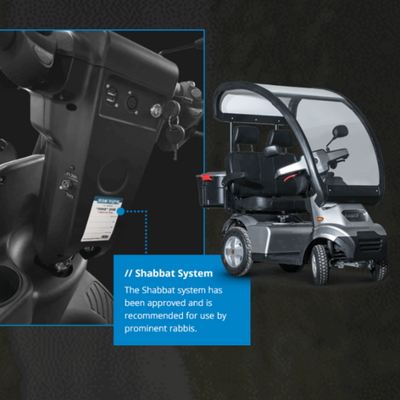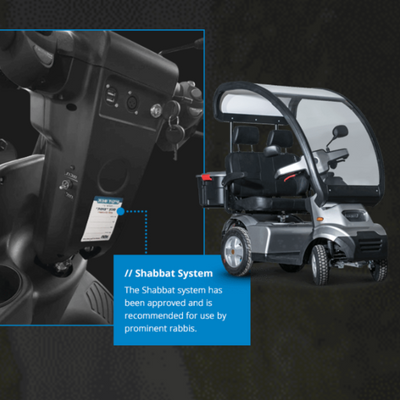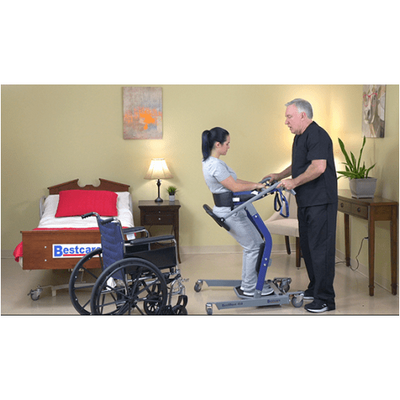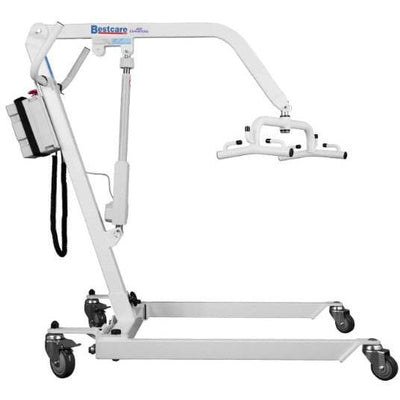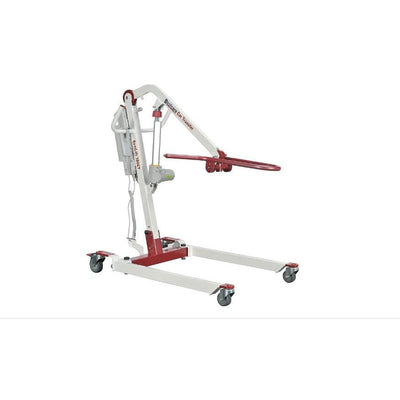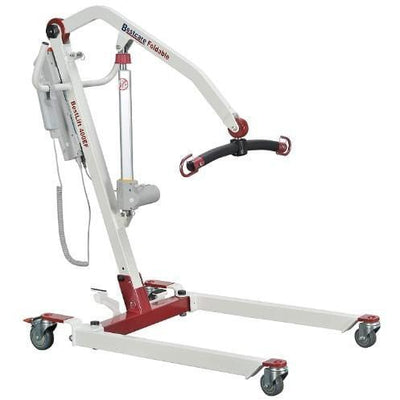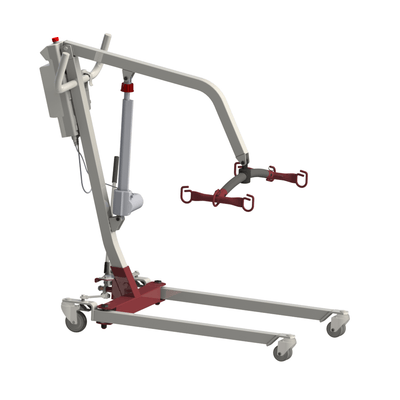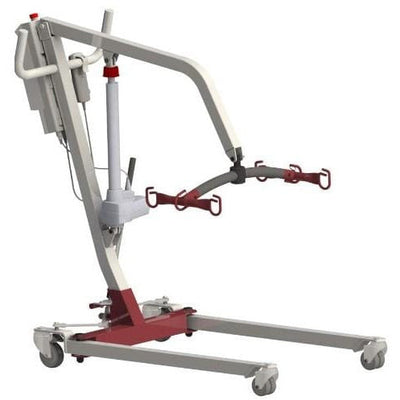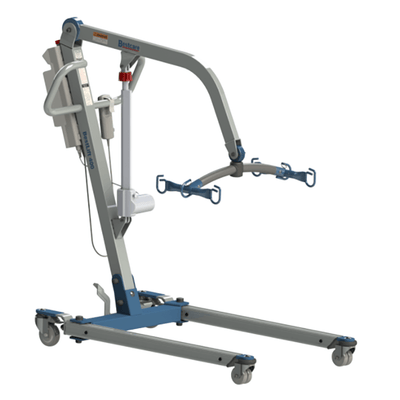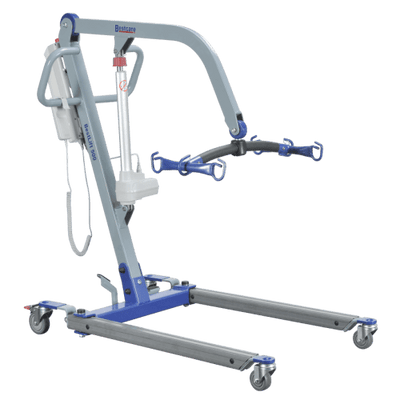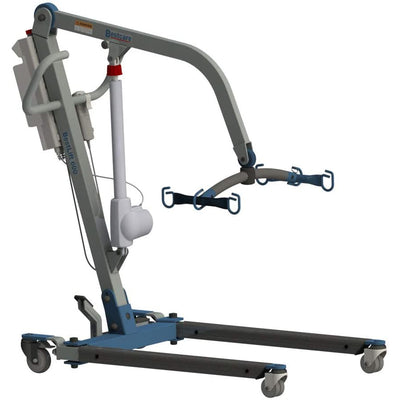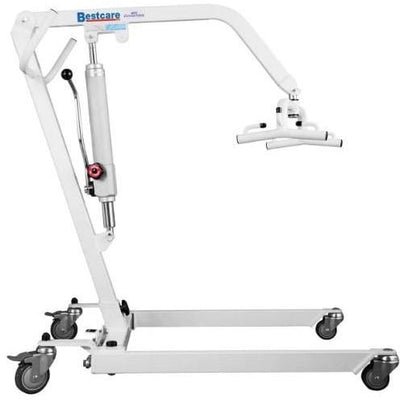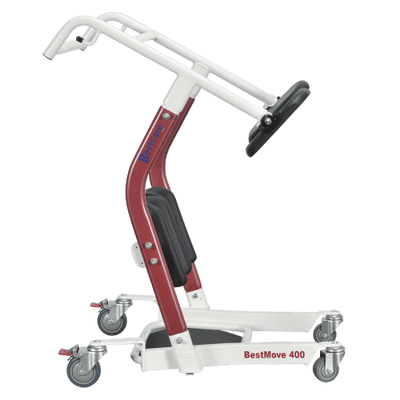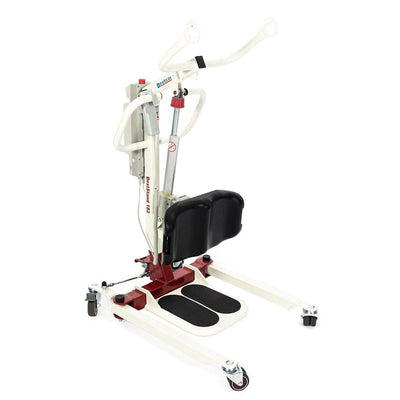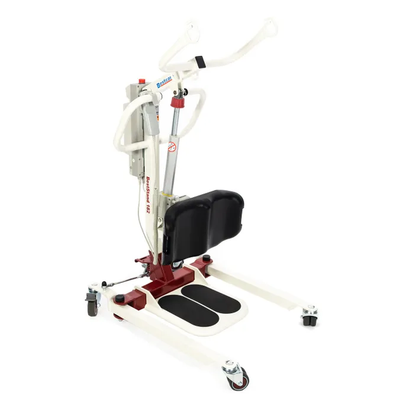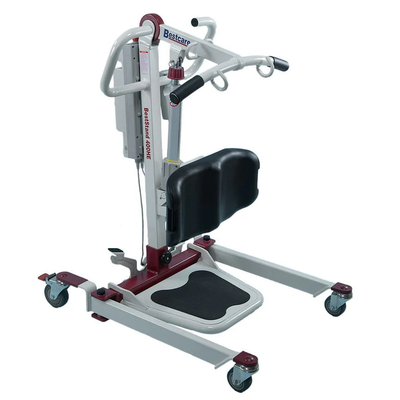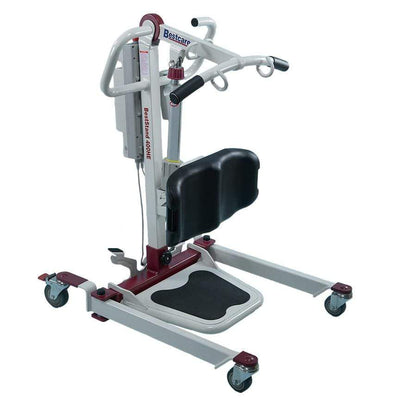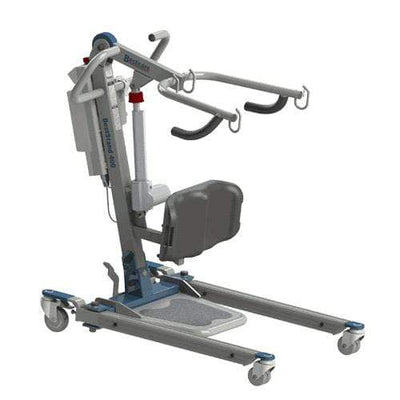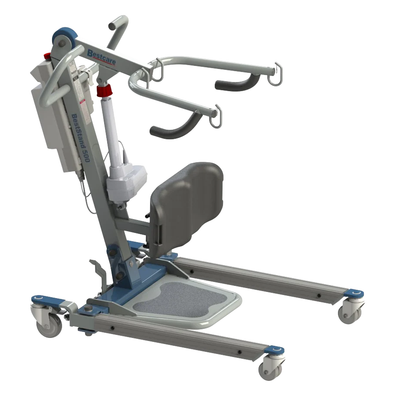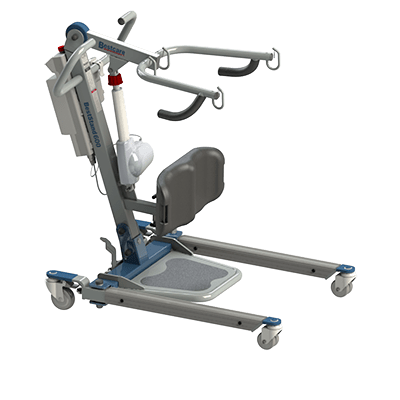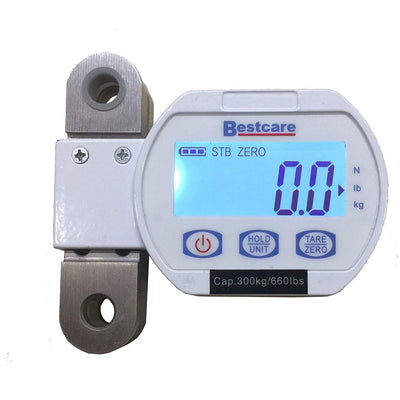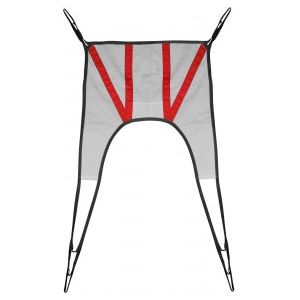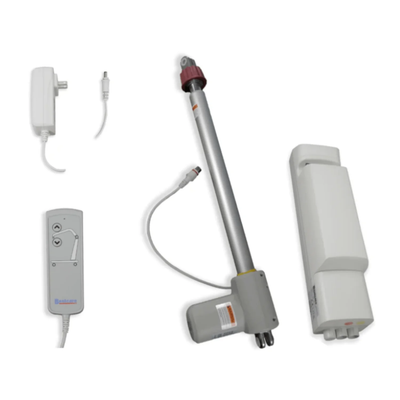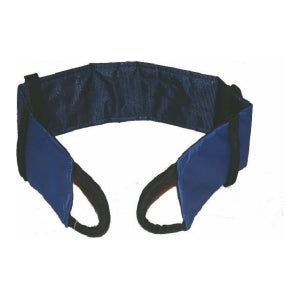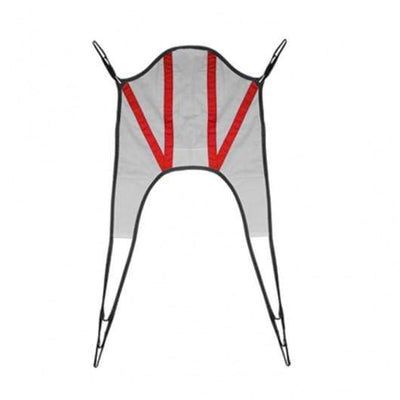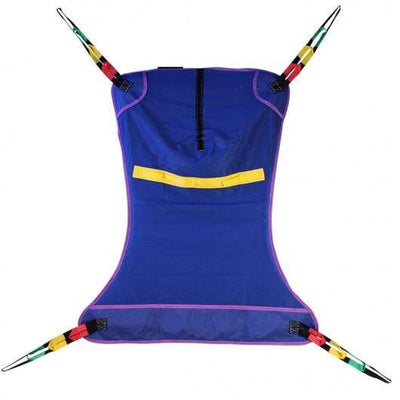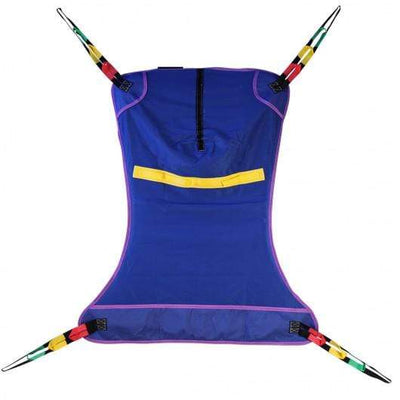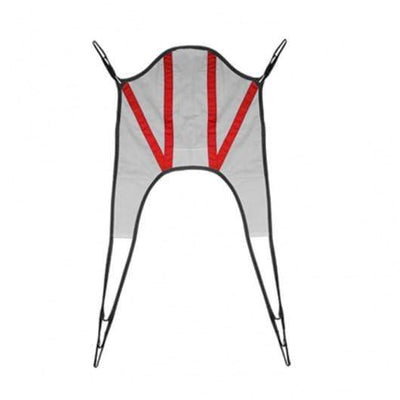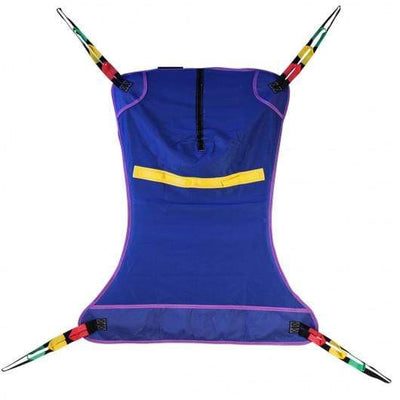Let's begin with: "What Exactly is a Hoyer Lift?"
For individuals facing mobility challenges, the Hoyer lift serves as a reliable aid, assisting them in moving safely from one location to another with the support of caregivers. This mobility tool, also known as a portable total body lift or patient lift, facilitates the transfer of seniors from bed or bath without requiring assistance from another individual.
Hoyer lifts come in various forms: freestanding, wheeled, or wall/ceiling-mounted, adaptable to the user's needs and room layout.
Varieties of Hoyer Lifts:
-
Power Hoyer Lifts: Featuring an electric motor, these lifts eliminate the physical exertion typically required for transferring a person. Equipped with a hydraulic pump, they ensure smooth movement and come with a manual handle for use in case of power outage.
-
Manual Hoyer Lifts: Operating via a hydraulic pump system, these budget-friendly lifts are manually operated and do not include slings unless specified.
-
Sit-to-Stand Hoyer Lifts: Designed for individuals capable of sitting up, these aids assist in transitioning to a standing position, accommodating users up to 300 pounds.
-
Ceiling Hoyer Lifts: Offering a seamless solution for room-to-room movement, these lifts can be either freestanding or ceiling-mounted on tracks, with various configurations tailored for specific spaces.
How a Hoyer Lift Functions:
Irrespective of type, Hoyer lifts employ a similar principle: a sling is positioned beneath the individual requiring assistance and securely attached to an extendable arm, which lifts and maneuvers the person as needed.
Payment Options for Hoyer Lifts:
Financial assistance may be available through programs such as Medicare, which recognize patient lifts as Durable Medical Equipment (DME) and may offer coverage or assistance with costs.








